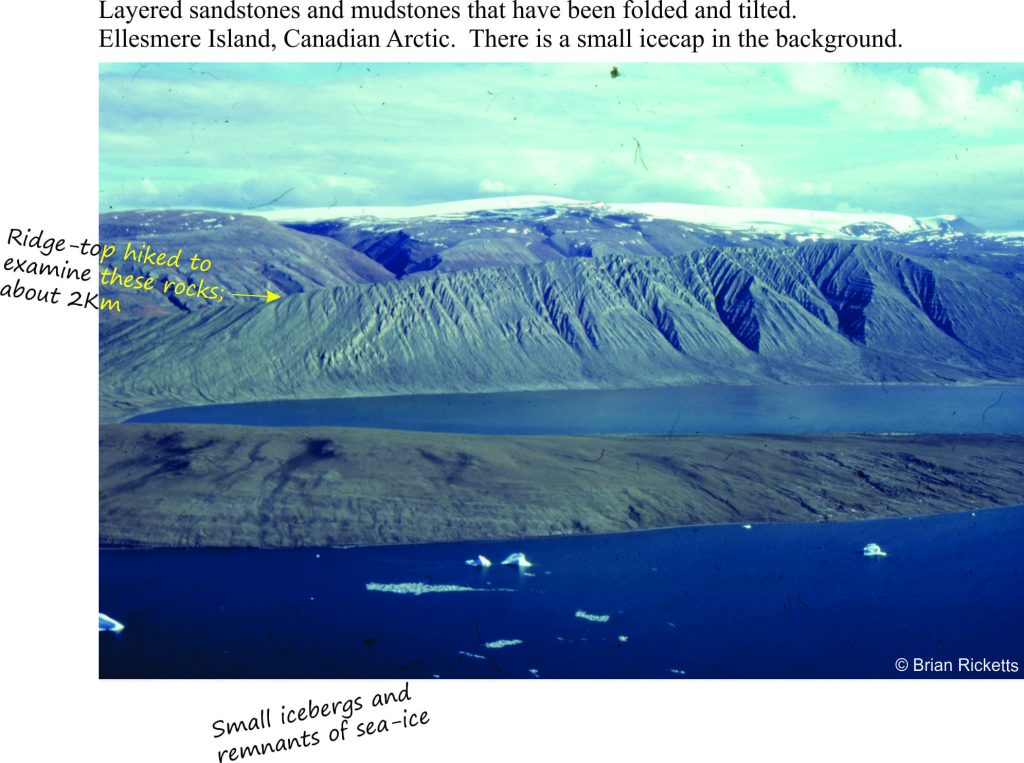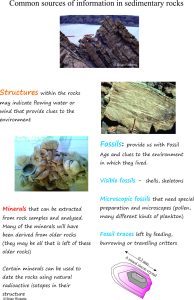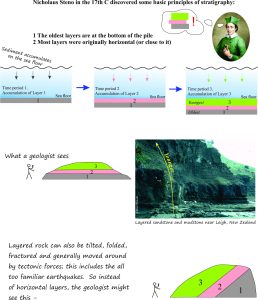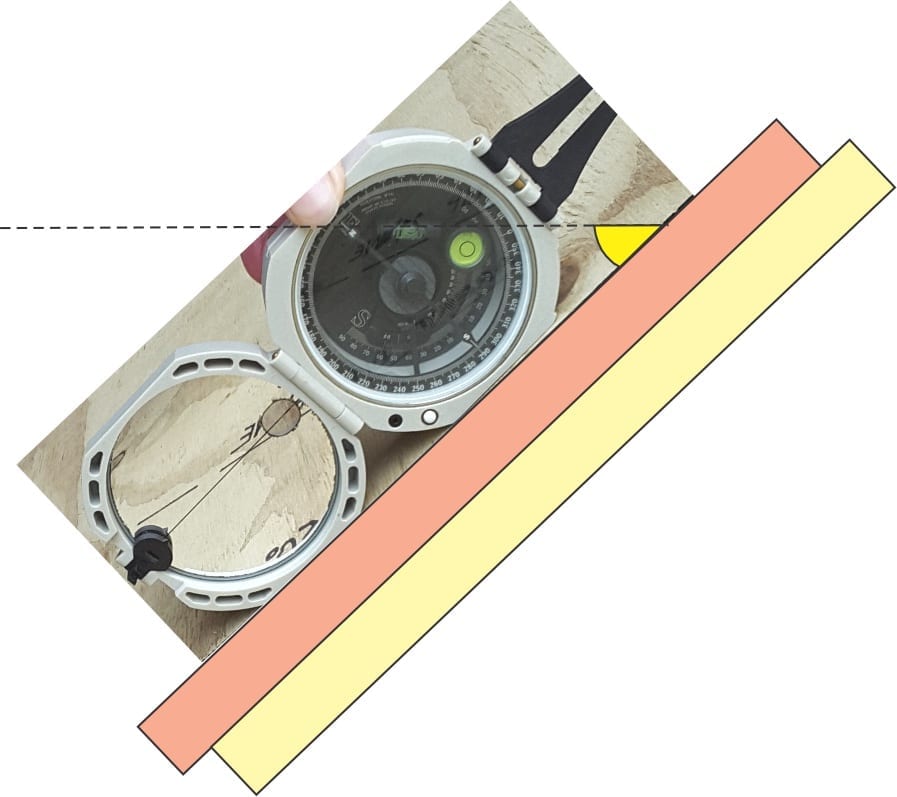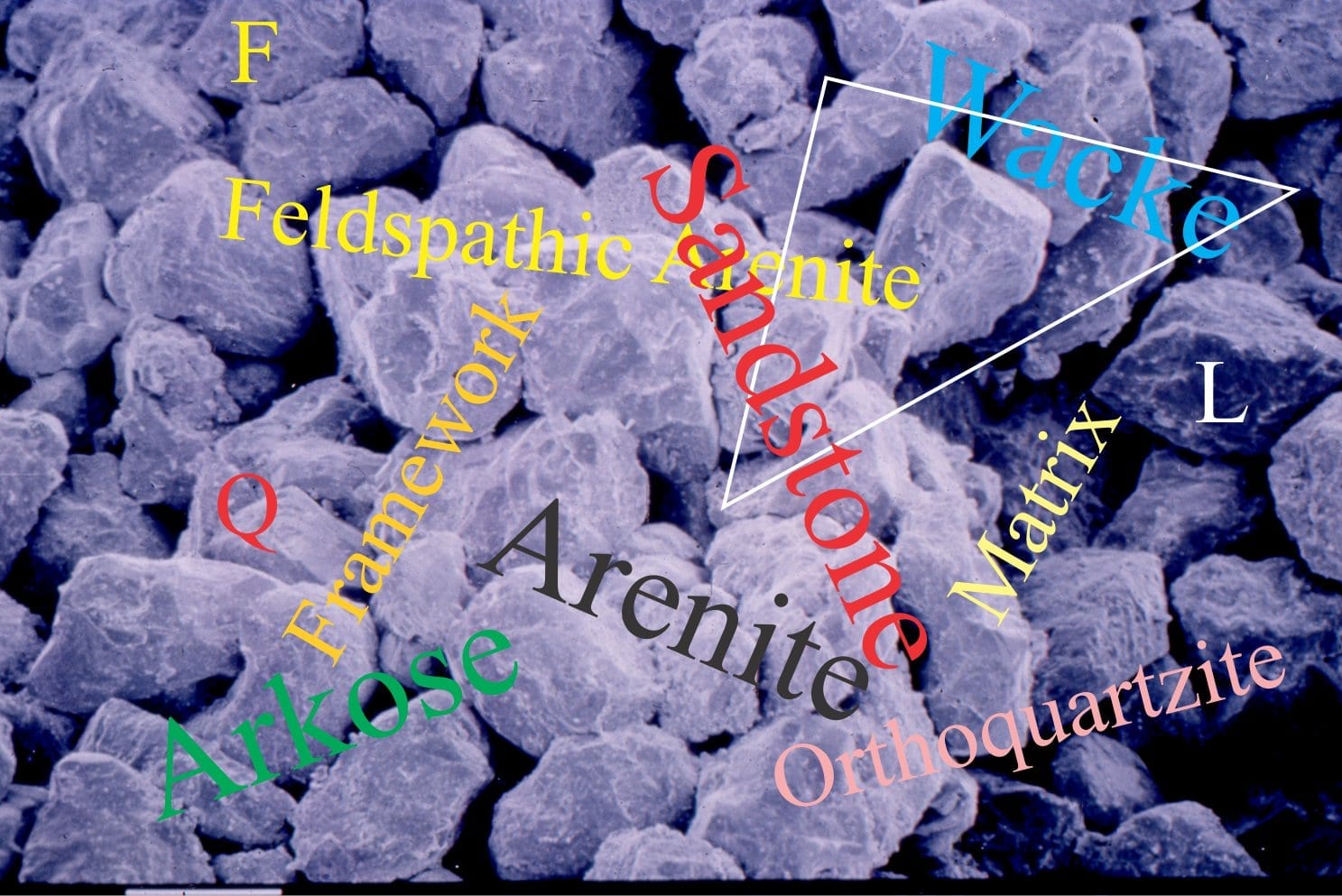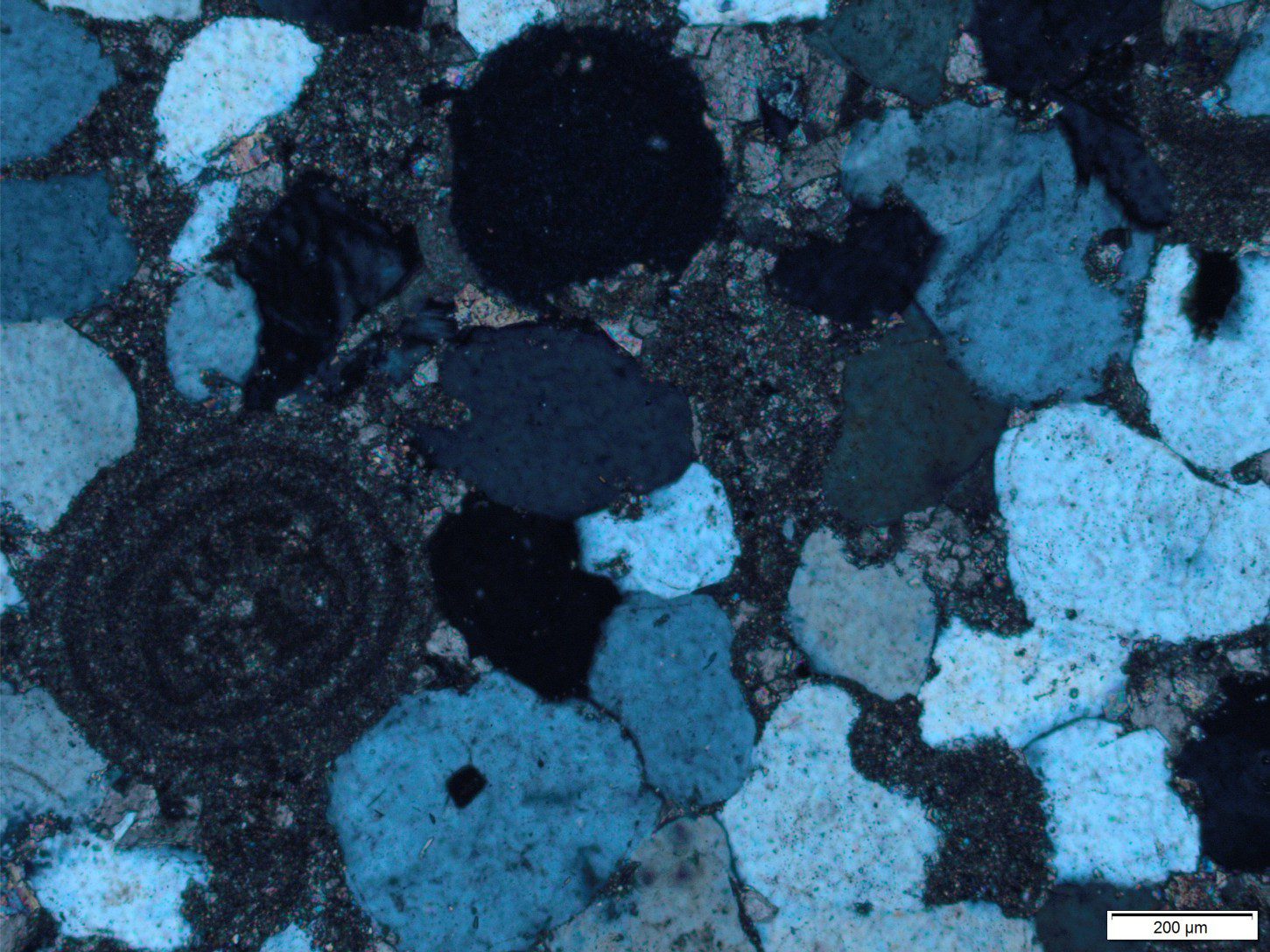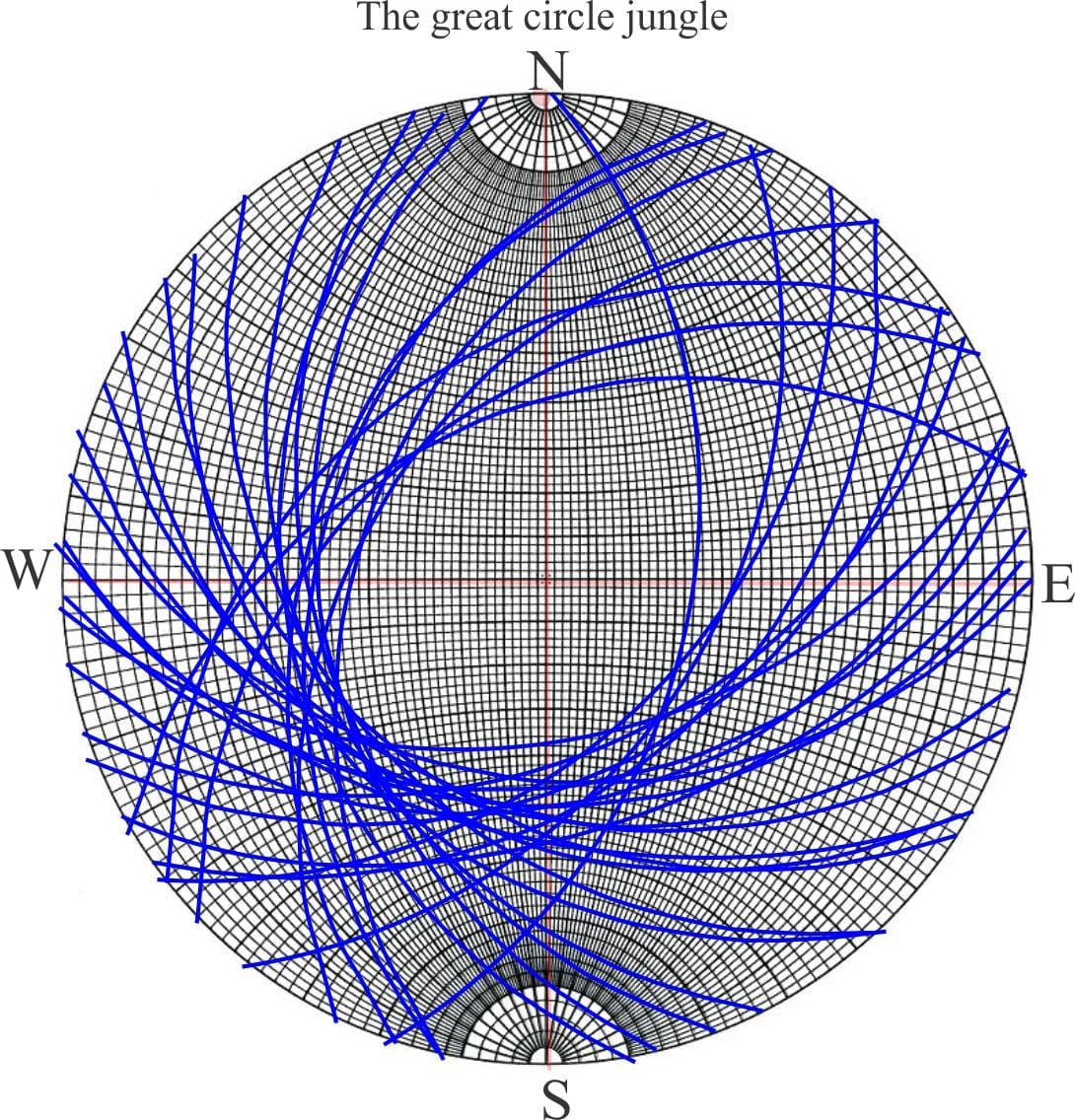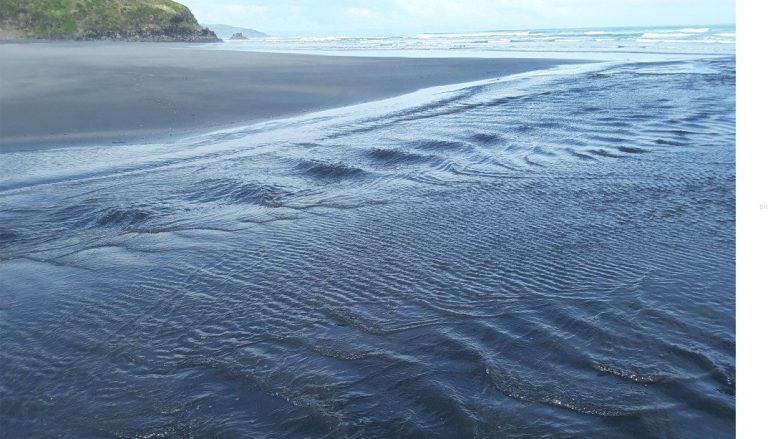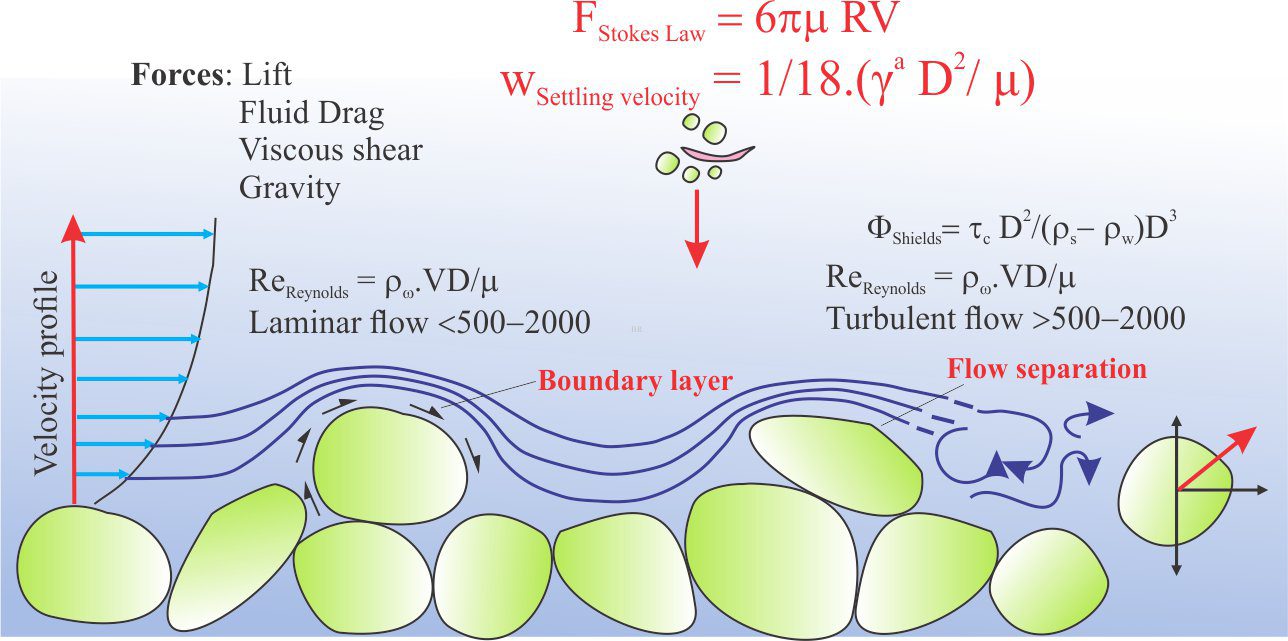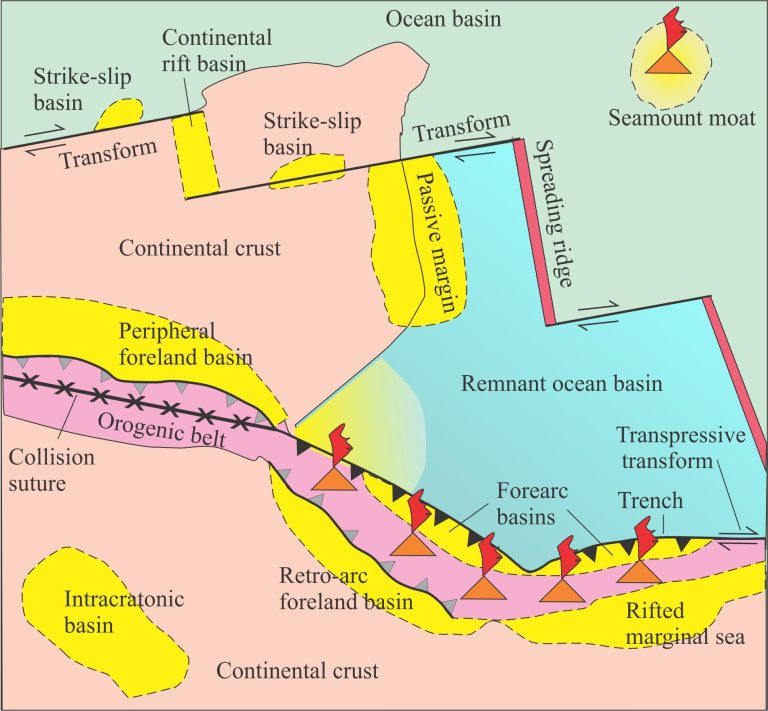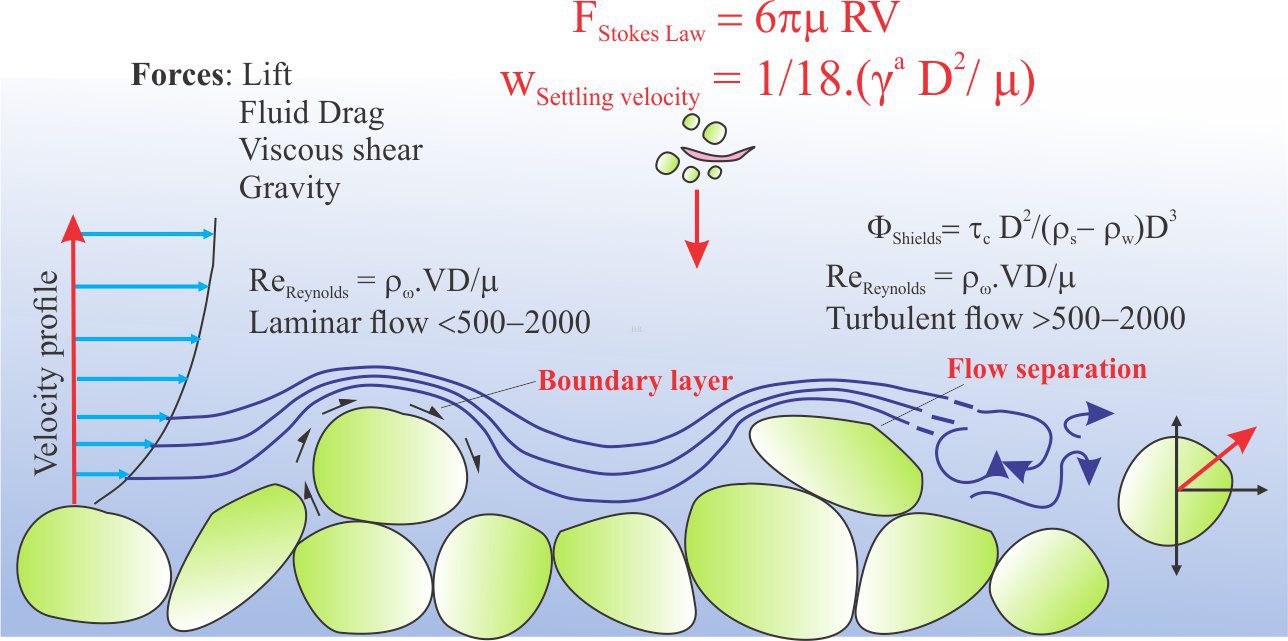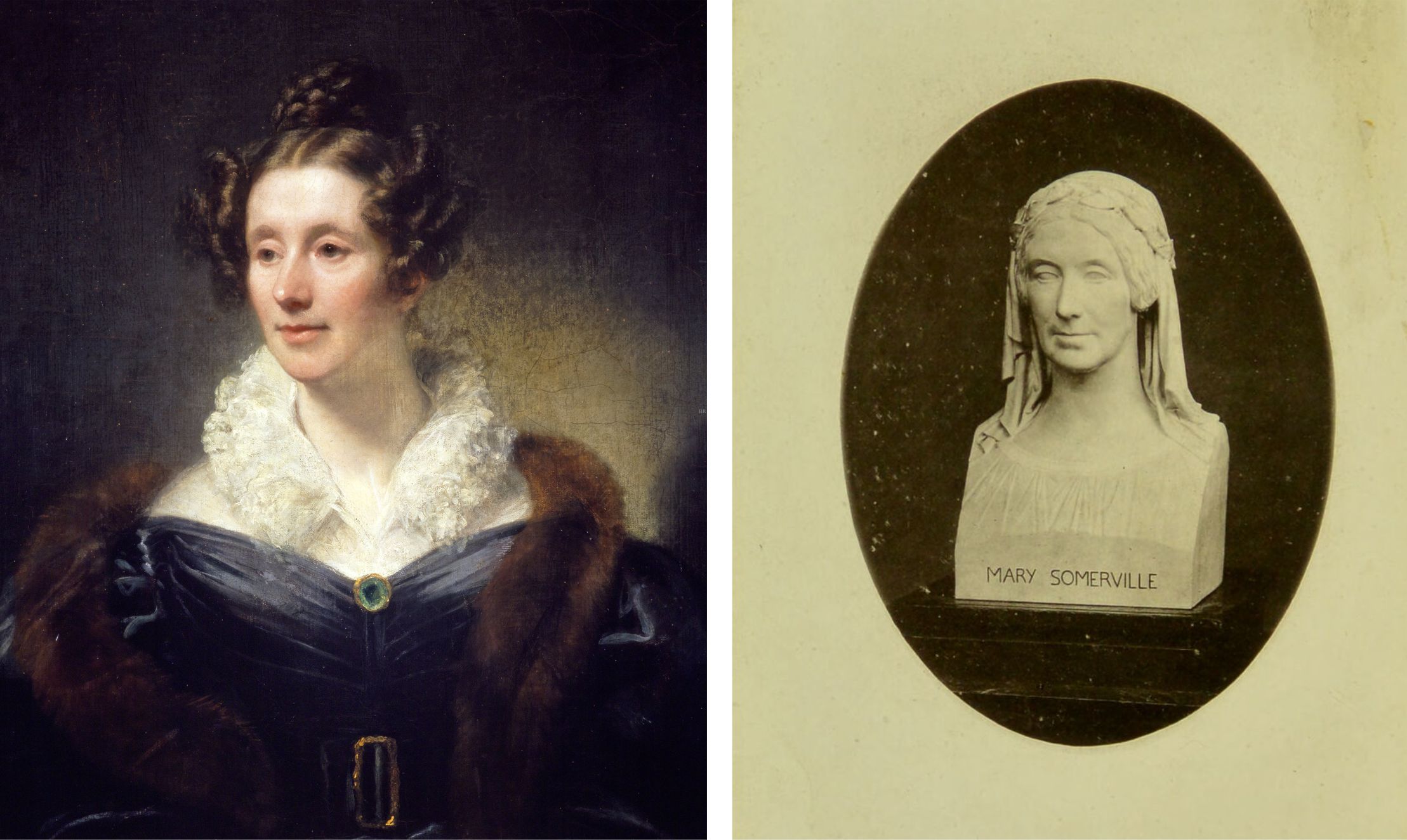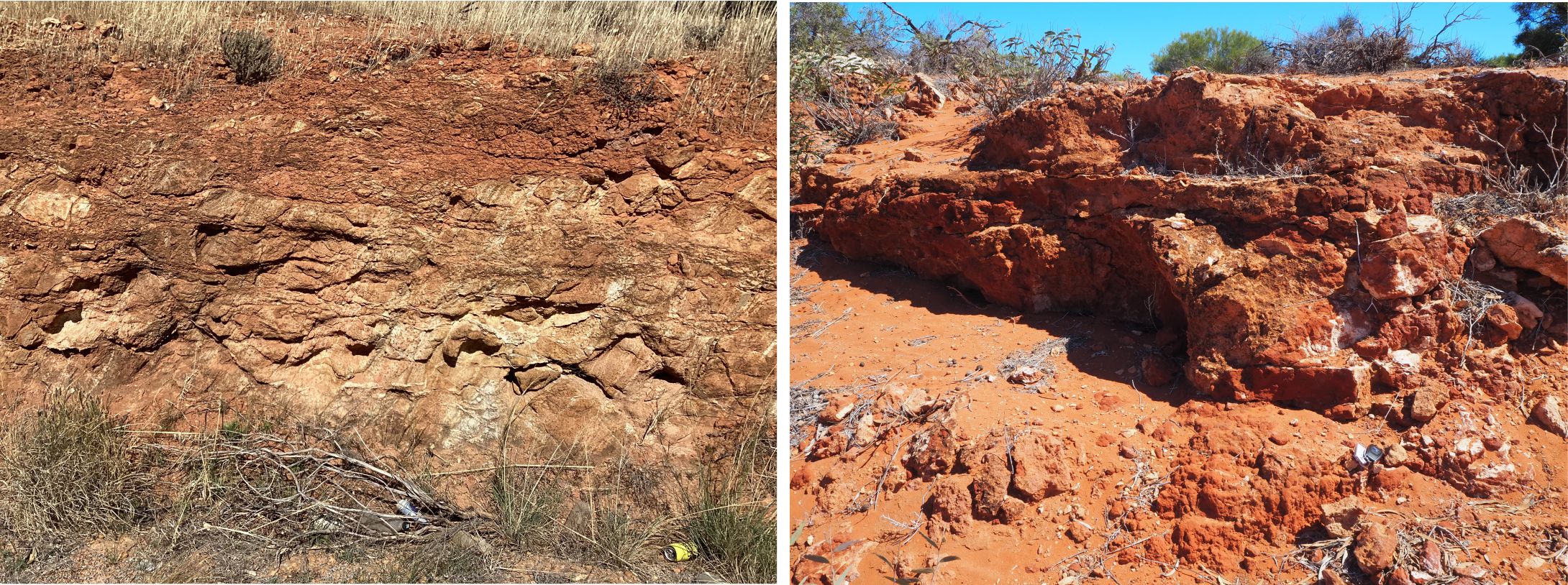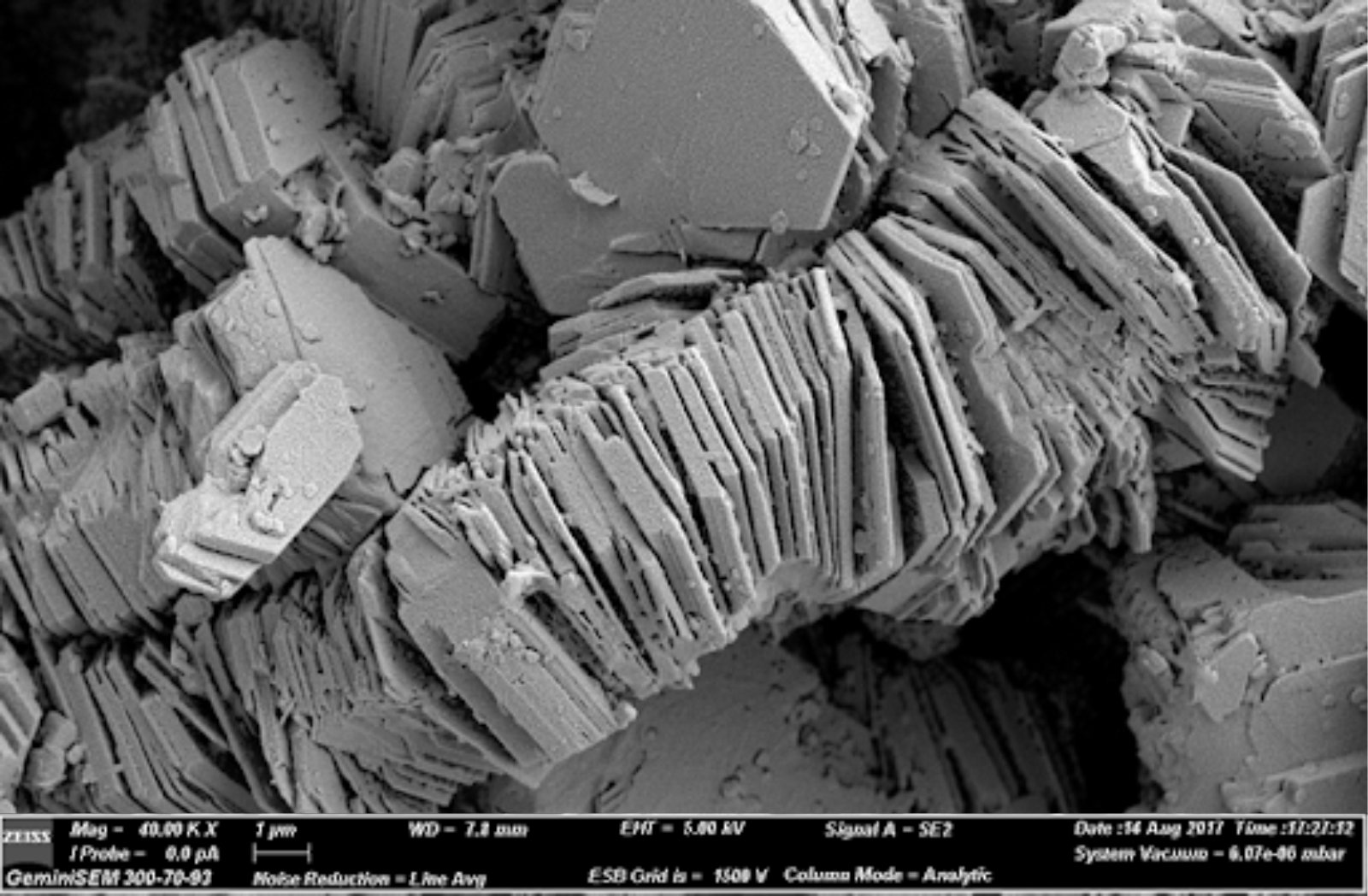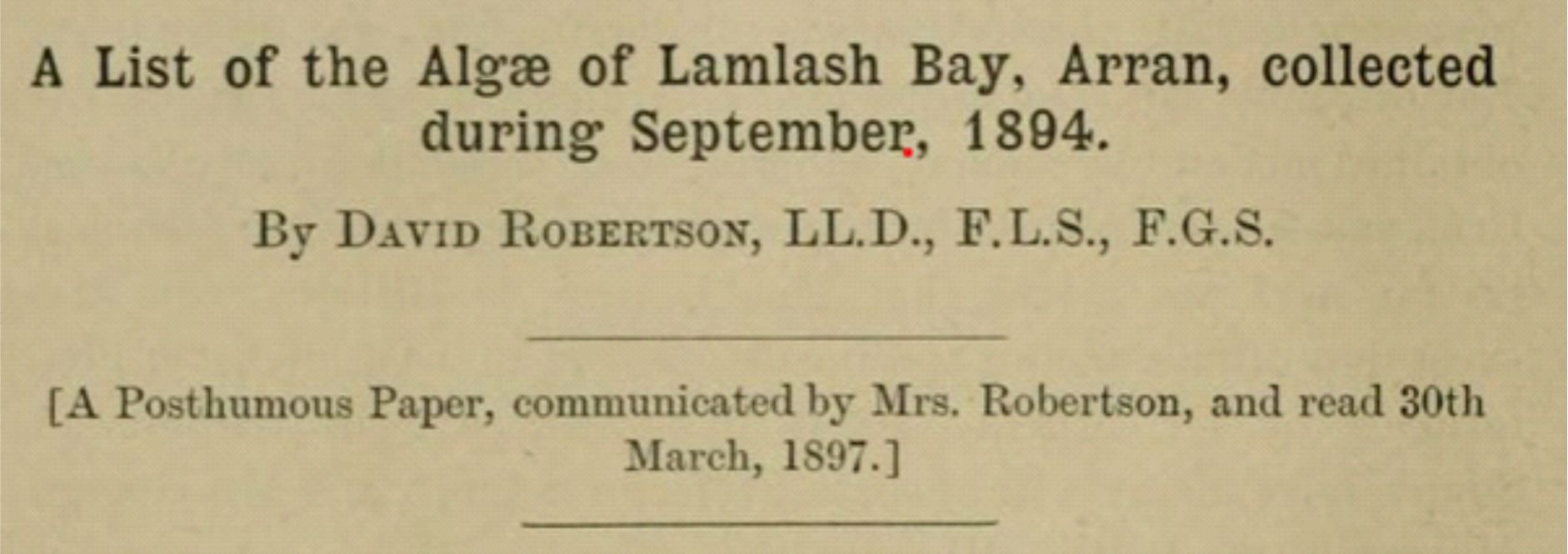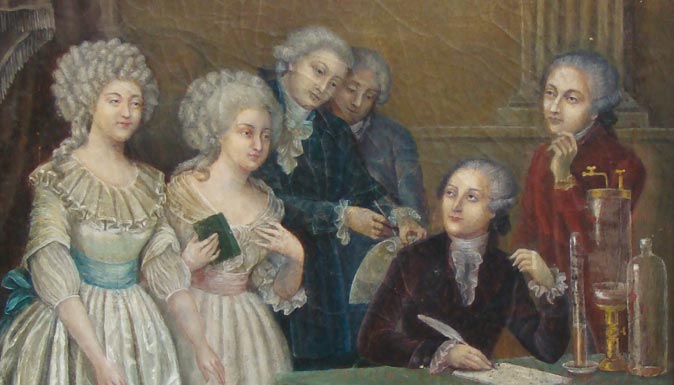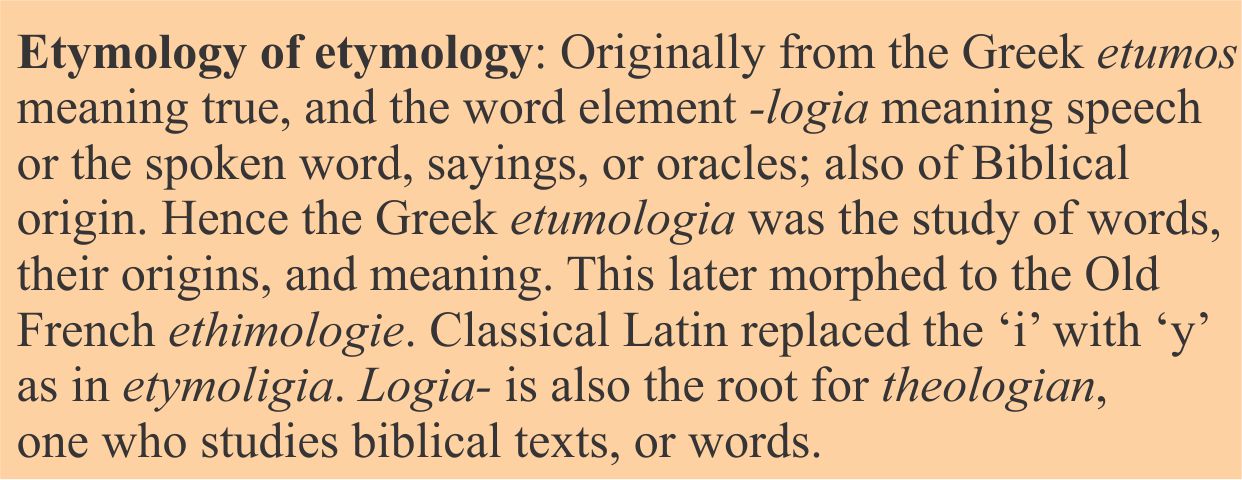How Geologists Interpret Ancient Environments. 1 Getting started
You are confronted with rock formations that might look something like this…
The local geologist tells you that the rocks you see here originally were deposited as sands and muds in shallow seas, where beaches and broad coastal tidal flats passed seawards to deeper waters, and landwards to marshes and scrubby coastal plains across which rivers and streams coursed. How did our geologist figure this out? What is it that geologists see in the rocks that help them paint this picture of an idyllic world that existed so many millions of years ago – a world beyond memory, where, in a different eon, a summer cottage would have been rather nice.
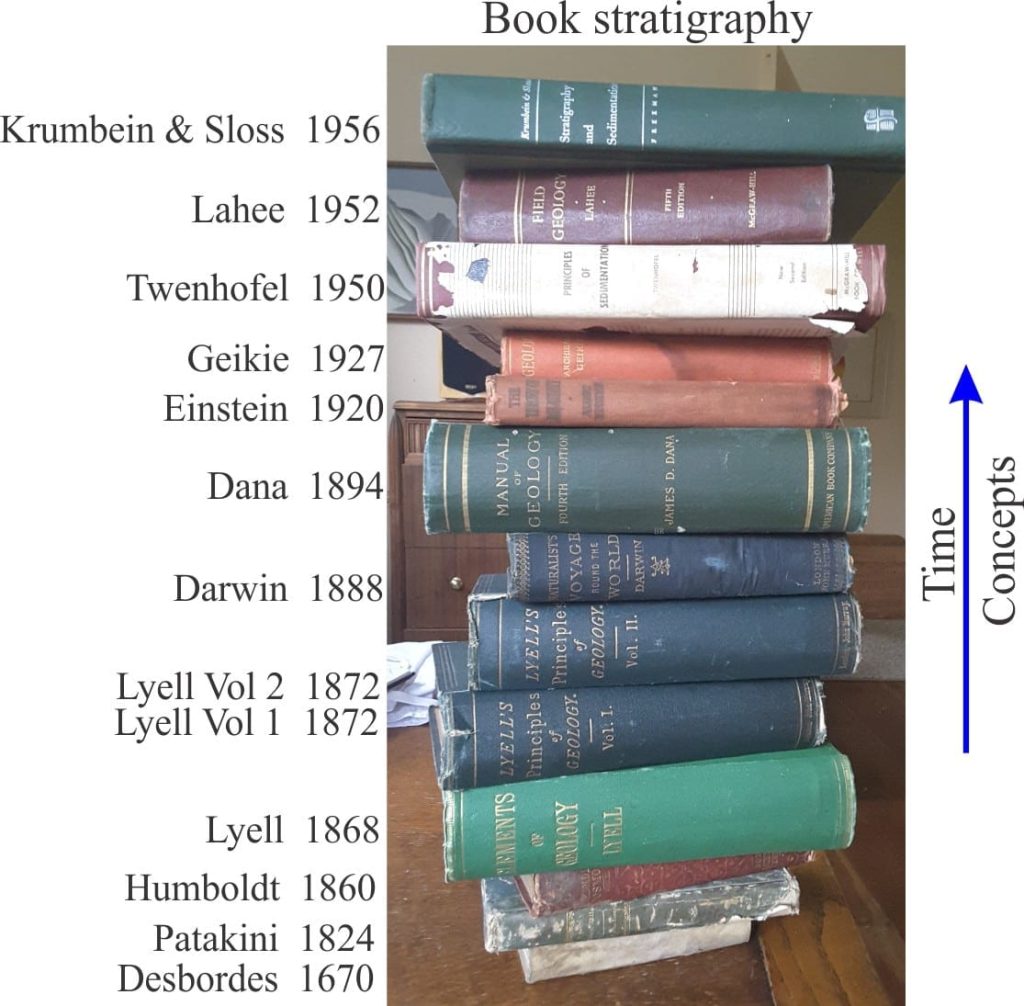
Rocks to a geologist are like books and ancient manuscripts are to an historian. Rocks contain a record of past events and places. The rock record is incomplete. So part of the puzzle is to also try and figure out what is missing. Is it time? Is it other rocks that have since disappeared or perhaps been moved to another location? These are the scientific puzzles that excite geologists.
What kinds of information can geologists tease from the rocks?
What tools do geologists use? The diagram below shows some of the more common types of data obtained from sedimentary rocks.
We will look at some of these attributes in future posts.
Which layers came first?
Sedimentary rocks usually occur in layers. One of the first tasks is to figure out the general order in which these layers formed – this is the science of Stratigraphy. The images above show many layers of sandstone, mudstone and conglomerate that are stacked one on the other. Which layer is the oldest?
In the 17th Century, a chap named Nicholaus Steno, a Danish scientist, devised some geological principles that still guide our thinking today. The first of these (The Law of Superposition) basically states that when one layer of sediment is deposited on top of another, the one at the bottom is the oldest. This may seem obvious, but in fact it is really fundamental because it gives us a starting point for our investigations; it gives us a point in time, not necessarily in exact years (like 65 million years), but time in a relative sense. We can say that any particular layer is older or younger than other layers, which also means that we can say certain events (that we see in each layer) took place before or after other events.
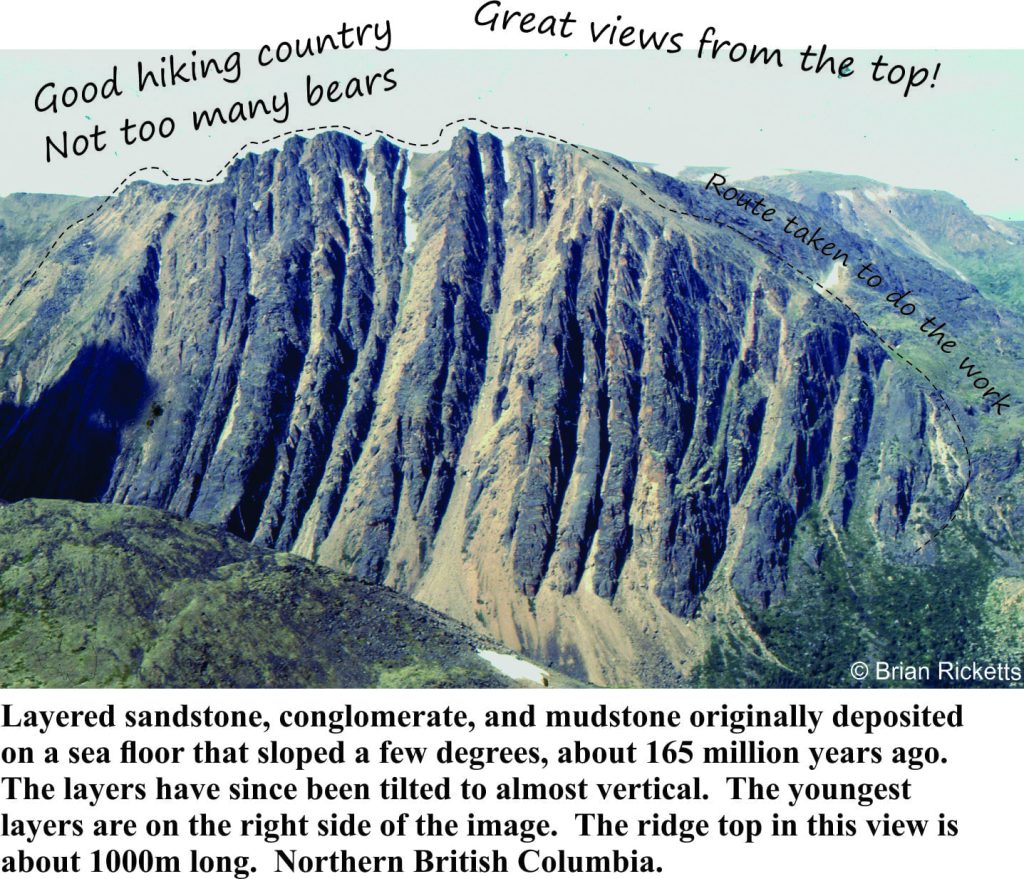 Nick Steno’s clear thinking and enthusiasm for unraveling the natural world means we can identify a time-line of events; this was a monumental step in scientific thinking, from both a conceptual and practical point of view .
Nick Steno’s clear thinking and enthusiasm for unraveling the natural world means we can identify a time-line of events; this was a monumental step in scientific thinking, from both a conceptual and practical point of view .
The image opposite is a great illustration of the importance of Steno’s ideas. In a general way the sequence of events that led to this fascinating scene was:
1 Sediment was deposited in layers
2 Those deposits were buried beneath many 100s of metres of other sediment and volcanic rock, where they hardened.
3 Tectonic forces acting several kilometres below the earth’s surface folded, tilted and fractured the hardened deposits.
4 The contorted strata were pushed towards the surface; erosion, glaciation and other weathering processes produced the steep mountainous terrain we see today.
5 Local geologist feels lucky to have had the opportunity to unravel part of this history. But it was people like Steno and others that followed who set the stage for modern earth sciences (and science in general).
The next post in the series deals with some of the structures we see in the rocks.
